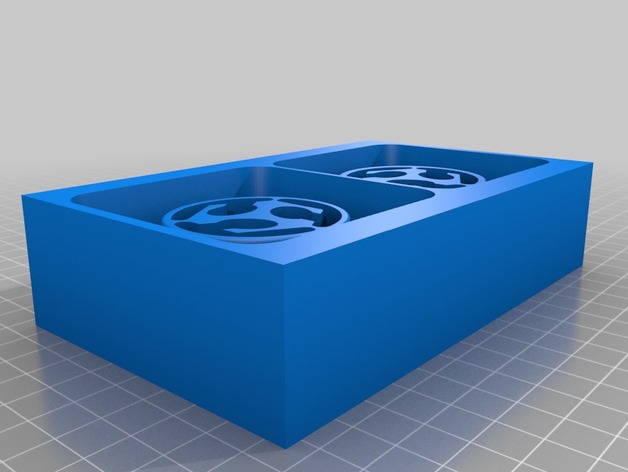
MOLD AND CAST TECHNIQUES
Resin casting (RTV Molding): is a method of plastic casting where a mold is filled with a liquid synthetic resin, which then hardens. It is primarily used for small scale production like industrial prototypes and dentistry. It can be done by amateur hobbyists with little initial investment, and has been appropriated for the production of collectible toys, models and figures, as well as small scale jewelry production.
The synthetic resin for such processes is a monomer for making a plastic thermosetting polymer. During the setting process, the liquid monomer polymerizes into the polymer, thereby hardening into a solid.
Fiberglass Molding (Fiberglass lay-ups): The fiberglass mold process begins with an object known as the plug or buck. This is an exact representation of the object to be made, and can be made from a variety of different materials. Certain types of foam are commonly used.
After the plug has been formed, it is sprayed with a mold release agent. The release agent will allow the mold to be separated from the plug once it is finished. The mold release agent is a special wax, and/or PVA (Polyvinyl alcohol). Polyvinyl Alcohol, however, is said to have negative effects on the final mold’s surface finish.
Once the plug has its release agent applied, gelcoat is applied with a roller, brush or specially-designed spray gun. The gelcoat is pigmented resin, and gives the mold surface a harder, more durable finish.
Once the release agent and gelcoat are applied, layers of fiberglass and resin are laid-up onto the surface. The fiberglass used will typically be identical to that which will be used in the final product.
In the laying-up process, a layer of fiberglass mat is applied, and resin is applied over it. A special roller is then used to remove air bubbles. If left in the curing resin, air bubbles would significantly reduce the strength of the finished mold. The fiberglass spray lay-up process is also used to produce molds, and can provide good filling of corners and cavities where a glass mat or weave may prove to be too stiff.
Once the final layers of fiberglass are applied to the mould, the resin is allowed to set-up and cure. Wedges are then driven between the plug and the mold in order to separate the two.
